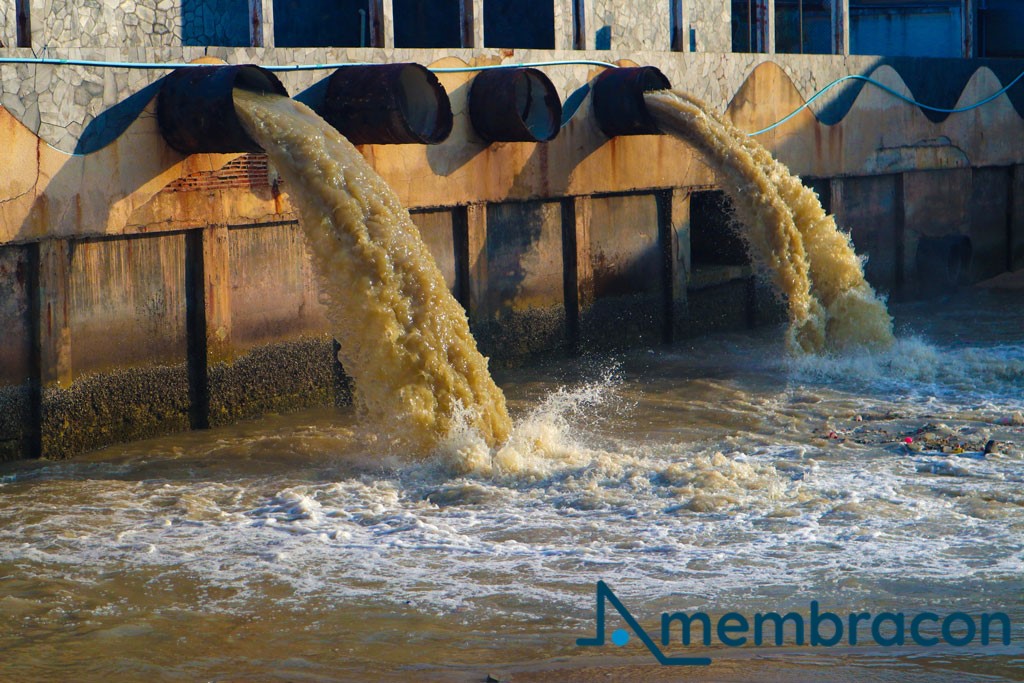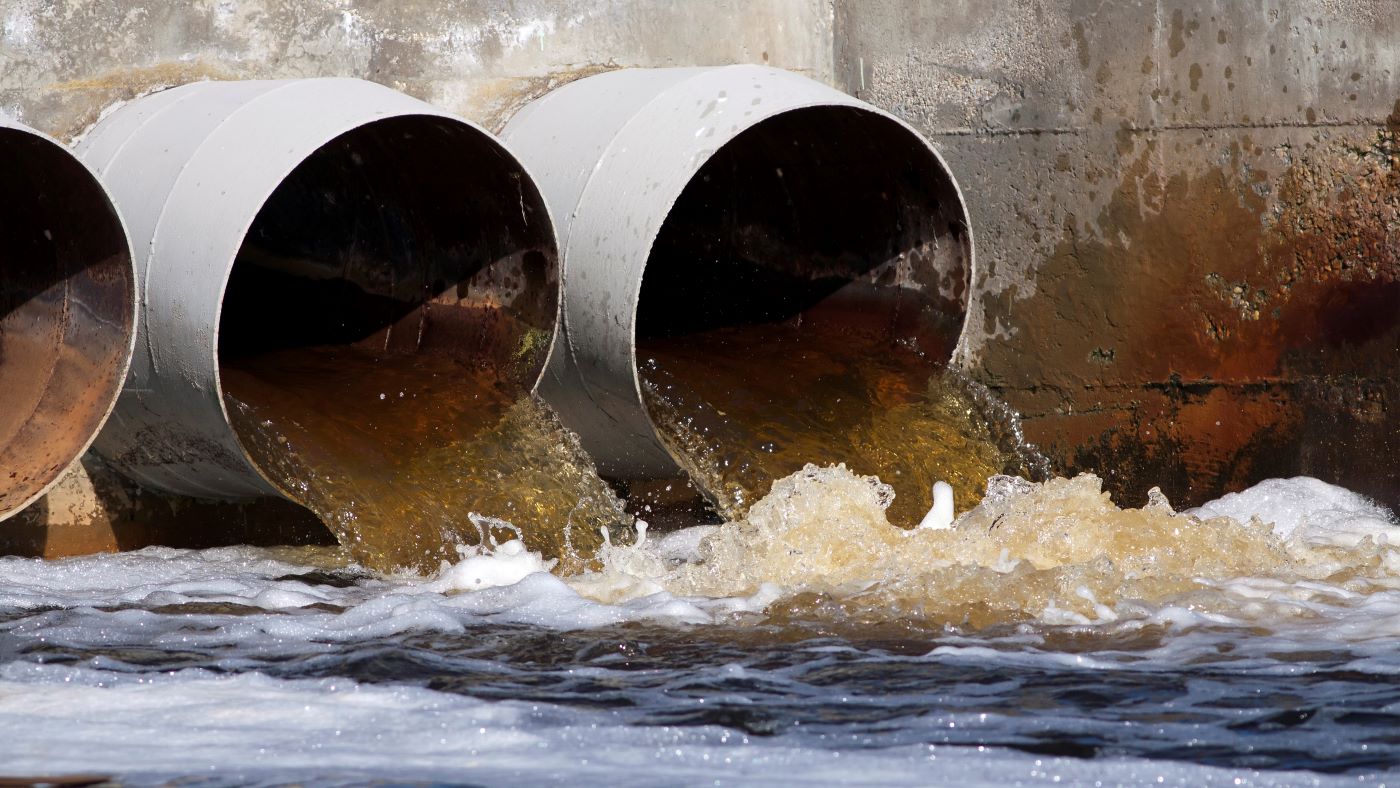Efficient Waste Water Treatment Systems: Key Approaches and Advantages
Efficient Waste Water Treatment Systems: Key Approaches and Advantages
Blog Article
Strategic Approaches to Improve Drainage Therapy Performance and Lessen Ecological Impact
In the world of waste water therapy, the pursuit for enhanced performance and reduced environmental impact is a perpetual difficulty that requires critical services. The integration of innovative treatment technologies, energy-efficient procedures, resource recuperation methods, enhanced nutrient elimination techniques, and clever tracking and control systems stands for a diverse framework for addressing these pushing issues.
Advanced Treatment Technologies
Sophisticated membrane filtration systems have revolutionized innovative wastewater treatment processes, dramatically boosting the elimination of impurities. These innovative systems work by forcing water via a semi-permeable membrane layer, successfully dividing pollutants from the water stream. The membrane layer's microscopic pores trap toxins such as bacteria, viruses, and put on hold solids, allowing only detoxified water to go through. This modern technology has confirmed to be extremely efficient in eliminating a variety of contaminants, consisting of drugs, heavy steels, and organic substances, which are commonly challenging to remove via conventional therapy approaches.
Furthermore, membrane purification systems provide numerous benefits over conventional therapy techniques. Additionally, these systems are very flexible and can be conveniently integrated right into existing treatment plants or made use of as standalone systems for decentralized applications.
Energy-Efficient Processes
The assimilation of energy-efficient processes in wastewater therapy systems is essential for maximizing resource usage and reducing functional prices. By executing energy-efficient innovations, therapy plants can dramatically decrease their carbon impact and total environmental influence. One key technique to enhancing energy performance in wastewater treatment is the use of innovative aeration systems, such as fine bubble diffusers or surface area aerators, which can boost oxygen transfer efficiency and minimize power consumption. Additionally, integrating power recovery systems, like anaerobic digestion for biogas production or using excess warmth for thermal processes, can assist counter power requirements and promote sustainability.
Moreover, maximizing process control and automation through the use of innovative sensing units and checking systems can enhance general power efficiency by changing procedures in real-time based on actual need and problems. Executing energy audits and frequently monitoring energy performance indications are important methods to recognize areas for renovation and track energy-saving efforts properly. In general, the adoption of energy-efficient processes in wastewater therapy not only benefits the setting but likewise adds to long-term cost financial savings and functional sustainability.
Resource Recovery Approaches
With an emphasis on enhancing resource application and sustainability in wastewater therapy systems, the implementation of source healing techniques becomes a pivotal facet in boosting operational efficiency. Source healing techniques in wastewater therapy entail the recognition and extraction of useful sources from the waste stream, consequently turning what was once considered waste into a valuable property. By implementing source healing methods such as nutrient removal and recuperation, power generation from natural matter, and the production of recyclable water, wastewater therapy plants can reduce environmental effect while maximizing efficiency.

Boosted Nutrient Elimination Strategies
Applying advanced nutrient elimination strategies is essential for maximizing the performance of wastewater therapy systems. Improved nutrient removal plays a crucial duty in decreasing the environmental impact of cured effluent released right into water bodies. Among the crucial techniques used for improved nutrient elimination is the procedure of organic nutrient elimination (BNR), which includes the removal blog here of nitrogen and phosphorus via biological processes. This can be accomplished via making use of specialized microorganisms that can transform nitrogen compounds right into inert nitrogen gas via denitrification, and accumulate phosphorus within their cells with a procedure called improved biological phosphorus removal (EBPR)

Along with BNR, advanced treatment approaches such as membrane bioreactors (MBRs) and created wetlands can additionally be utilized to boost nutrient removal performance. MBRs use membranes to attain top notch effluent requirements by effectively getting rid of nutrients and suspended solids. Constructed wetlands imitate all-natural wetland procedures to get rid of nutrients through plant uptake, microbial activity, and sedimentation. By integrating these innovative nutrient elimination techniques into wastewater treatment systems, communities and sectors can successfully minimize nutrient air pollution and shield the environment.
Smart Monitoring and Control Solution
Utilizing innovative modern technology, the combination of clever monitoring and control systems changes the operational efficiency of wastewater treatment facilities. These systems include advanced sensors and information analytics to continuously monitor crucial criteria such as pH degrees, turbidity, liquified oxygen, and flow prices in real-time. By gathering and examining this information, operators can gain beneficial insights right into the performance of the therapy processes, making it possible for proactive changes to optimize therapy efficiency.
Smart tracking and control systems also support remote surveillance abilities, permitting operators to gain access to real-time data and control functions from off-site areas. This remote ease of access boosts functional flexibility and responsiveness, making it possible for swift interventions in instance of system malfunctions or changes in influent top quality. The anticipating upkeep capabilities of these systems assist stop tools failings and minimize downtime, eventually enhancing the general integrity of wastewater therapy procedures.
Conclusion
In final thought, calculated strategies such as innovative therapy technologies, energy-efficient processes, resource recovery techniques, improved nutrient removal methods, and wise tracking and control systems play an essential function in improving wastewater treatment effectiveness and decreasing ecological impact. By executing these methods, wastewater therapy plants can boost their total efficiency, reduce energy consumption, recover valuable sources, and ensure conformity with ecological guidelines. These techniques are necessary read the full info here for effective and sustainable wastewater management techniques.

In final thought, critical methods such as innovative therapy innovations, energy-efficient procedures, source recovery methods, enhanced nutrient removal methods, and clever monitoring and control systems play a critical role in improving wastewater therapy efficiency and reducing ecological influence.
Report this page